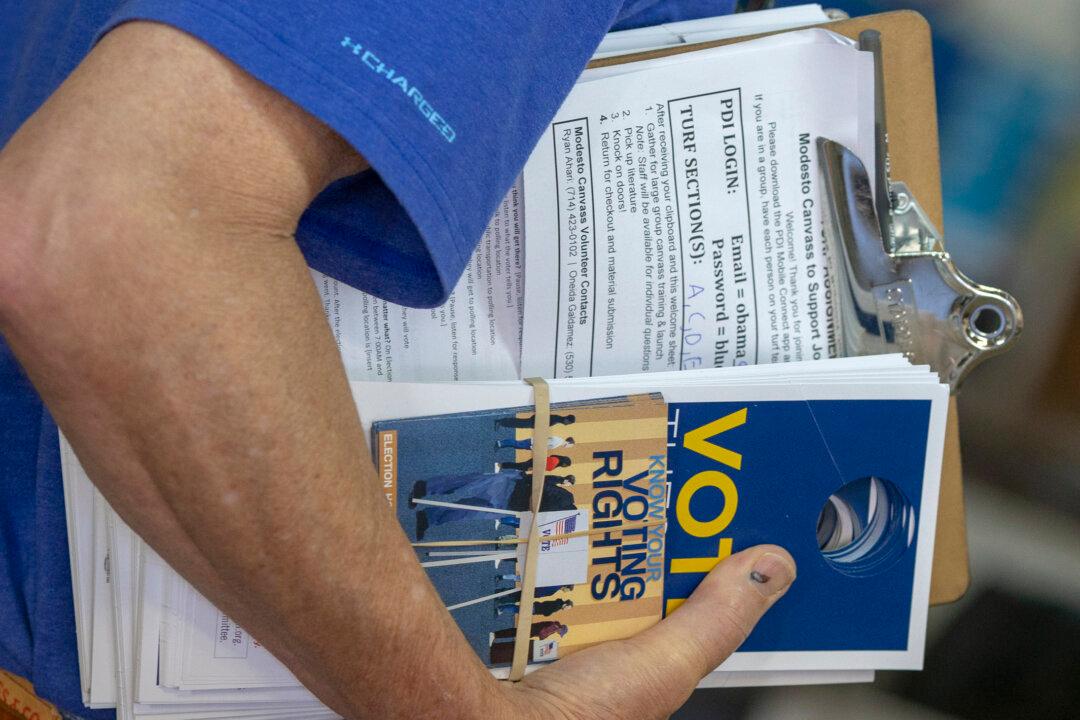Commentary
Earlier this month, a guest column in the San Jose Spotlight defended efforts by homeless nonprofits to end homelessness in Santa Clara County. The writer, Ray Bramson, is the chief impact officer at the nonprofit Destination: Home, a tax-exempt organization that collected more than $62 million in contributions and grants in 2020 (pdf). The CEO of this organization made a reported $335,404 that year, and one of the directors made a whopping $754,871, of which a hefty $693,186 was “base compensation.”





